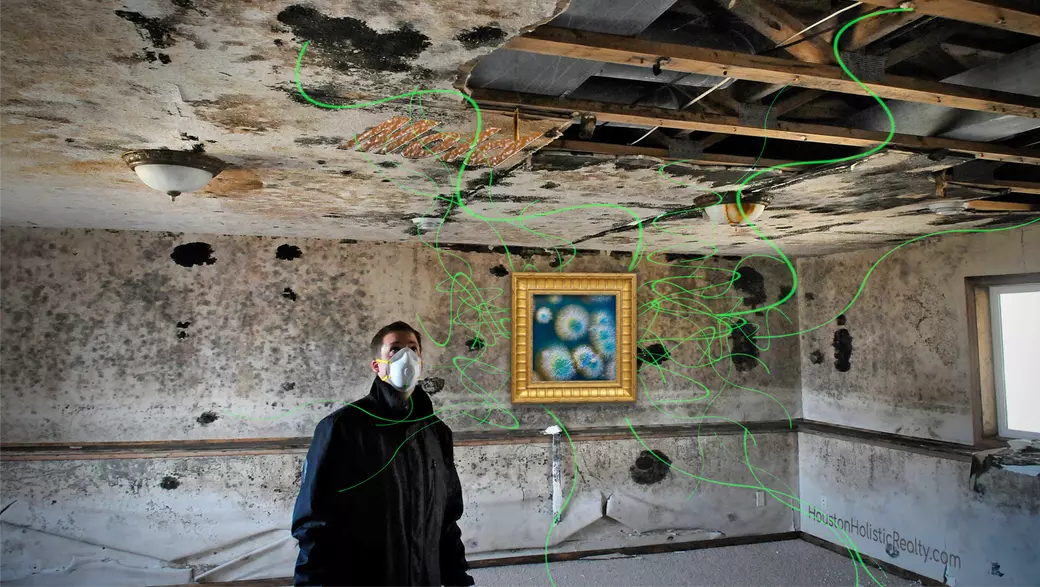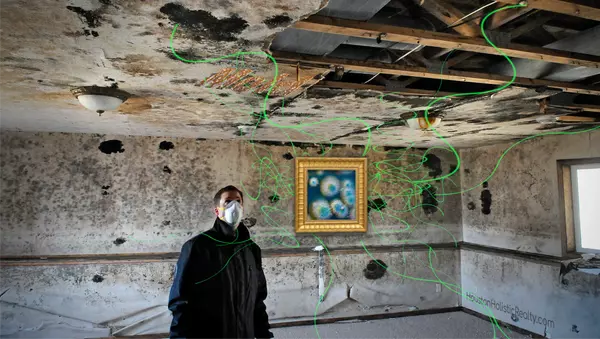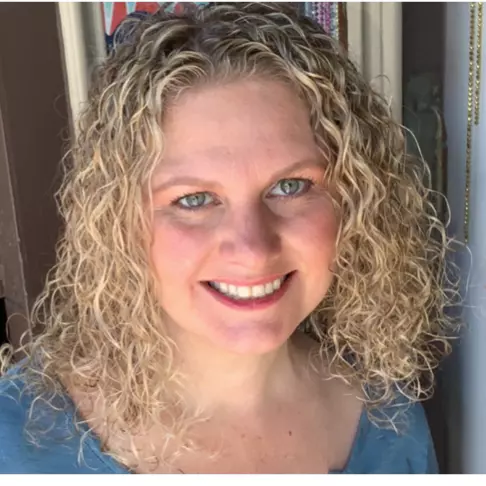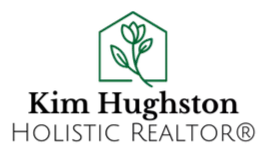Unveiling the Hidden Dangers of Mold in Your Home

When it comes to maintaining a healthy living environment, mold is a silent menace that often goes unnoticed. Mold can thrive in various areas of your home, causing damage to both your property and your health. In this blog, we will explore the different types of mold, discuss the associated allergies, reveal the hidden locations where mold can lurk, shed light on proper testing and remediation methods by professionals, and share effective prevention strategies to keep your home mold-free.
1. The Different Types of Mold:
Mold comes in many forms, each with its own characteristics and potential health risks. The most common types of indoor mold include:
a) Cladosporium: This mold typically grows on fabrics, carpets, and wooden surfaces. Exposure to cladosporium can lead to respiratory issues and skin infections.
b) Aspergillus: Found in warm and damp areas, aspergillus can cause allergic reactions, lung infections, and even toxic responses in some cases.
c) Stachybotrys chartarum (Black Mold): Known as the "toxic mold," it thrives in areas with excessive moisture and can produce mycotoxins that may have severe health effects, including respiratory problems and neurological symptoms.
2. Allergies and Health Risks:
Exposure to mold can trigger various allergic reactions and health problems, such as:
a) Allergic rhinitis: Symptoms include sneezing, runny nose, congestion, and itchy eyes.
b) Asthma exacerbation: Mold spores can worsen asthma symptoms and lead to respiratory distress.
c) Skin irritation: Contact with certain types of mold can cause rashes, redness, and itching.
d) Respiratory infections: Prolonged exposure to mold may increase the risk of respiratory infections, especially in individuals with weakened immune systems.
3. Hidden Mold Locations:
Mold is notorious for hiding in inconspicuous areas within our homes. Some common locations where mold can thrive undetected include:
a) Behind walls and wallpapers: Moisture seepage or water leaks can create ideal conditions for mold growth within wall cavities.
b) Underneath carpets and padding: Damp carpets that are not adequately dried can become breeding grounds for mold.
c) Attics and basements: Poor ventilation and high humidity levels in these areas make them susceptible to mold infestation.
d) Bathroom and kitchen: The presence of moisture, coupled with inadequate ventilation, makes these rooms prime spots for mold growth.
4. Proper Testing and Remediation by Professionals:
To accurately assess the extent of mold contamination and ensure effective remediation, it is crucial to involve professionals. Certified mold inspectors can perform thorough mold testing, including air sampling and surface swabs. If mold is discovered, professionals can then carry out appropriate remediation, which may involve:
a) Isolation of affected areas to prevent further contamination.
b) Use of specialized equipment to remove mold and clean surfaces.
c) Proper disposal of contaminated materials to avoid spreading mold spores.
d) Implementing preventive measures to reduce moisture levels and discourage future mold growth.
5. Prevention Strategies:
Prevention is key in mitigating mold issues in your home. Here are some preventive measures to consider:
a) Control indoor humidity: Use dehumidifiers, properly ventilate bathrooms and kitchens, and promptly repair any leaks or water damage.
b) Ensure proper airflow: Regularly clean and maintain HVAC systems, air ducts, and exhaust fans.
c) Keep your home well-insulated: Proper insulation can prevent condensation and moisture buildup.
d) Regular inspections: Conduct routine inspections of areas prone to moisture, such as basements, attics, and crawlspaces.
Sign up HERE to receive a referral to a Holistic Agent near you!
For more informaiton on indoor mold testing visit: https://texasmoldinspectors.com/
Recent Posts











